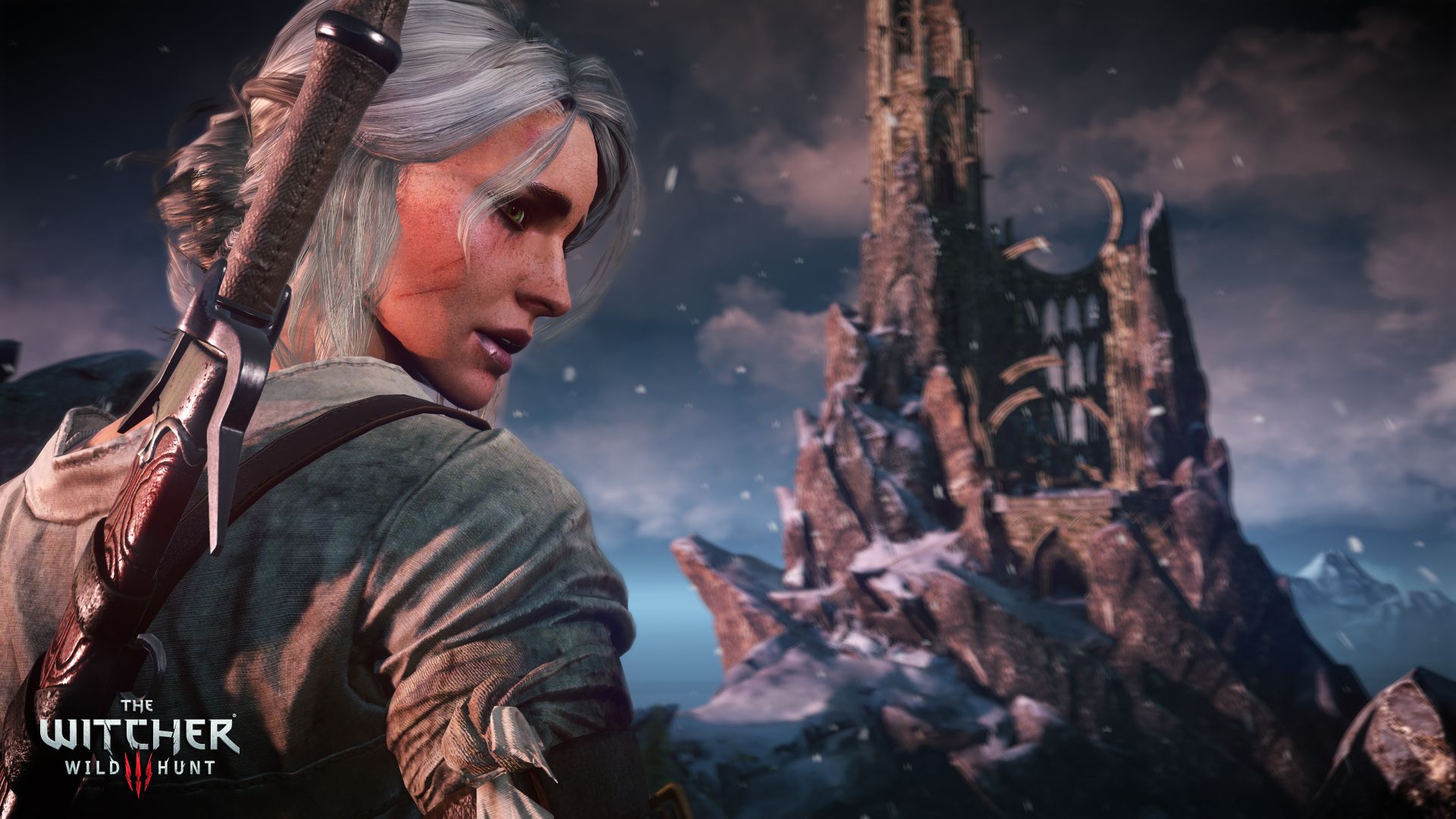I remember seeing The Witcher 3: Wild Hunt for my first time nearly two years ago. I walked into its E3 2013 presentation after hearing great things from others and was shocked by what I saw. It was the benchmark I had been waiting for, the game that would show what a new generation of consoles and PC hardware could deliver to gaming. Here we are two years later and while The Witcher 3: Wild Hunt has arrived with just as large of an RPG world as was promised, it isn’t quite the game I dreamed it would be.
The Witcher 3: Wild Hunt‘s story continues from where its predecessor left off. While Geralt was at peace at the conclusion of his last adventure, at the sunrise of this latest title he is alerted to the presence of an otherworldly threat known as the Wild Hunt. Early on you learn that they are serious evil, ravenous for blood.
Along the course of the journey you interact with a diverse range of characters, regularly choosing what Geralt says resulting in branching paths. Many of these characters provide interesting stories to delve into, vigorous with emotion and strife. At times the plot is the highlight of the experience, captivating you with its superb writing and well-tuned flow of story progression. This can’t be said all the time, and in fact a large portion of the side content and even main missions are uninteresting. However, for every time you may begin to lose interest in what’s going on, the game pulls you right back in with powerful development.
For as intimidating as The Witcher 3: Wild Hunt‘s breadth comes across, it makes a great effort to invite players, new and veteran alike. Its in-game and on-screen tutorials are helpful and thorough, resulting in an RPG that you are equipped to be successful with. Each time you load up the game you are welcomed by a recap of the major plot point of your current state of the game, making it much easier to stay in tune with the story as it unravels.
The Witcher 3: Wild Hunt contains one of the largest worlds ever crafted equipped with a day/night cycle and dynamic weather. It’s massive, varied, and rich with activities to partake in. Despite its size, no area is left unused, and no matter which direction you follow you’ll encounter something that summons enthusiasm. Side content includes optional sub-stories, treasure guarded by foul beasts, enemy camps filled with loot, and more. In some cases these interactions are redundant, but in the grand scheme of things, they perform well and provide over 100 hours of content to consume.
This substantially large world leaves a variety of impressions. When the sun rises and the wind blows and you catch the game as certain angles, it can look downright spectacular. During particular cutscenes, the high polygon count of the character models can look stunning. However, the presentation is rough around the edges, and certainly nowhere near what was demonstrated two years ago. Most of the time the game looks dry with flat colors and poor contrasts. On the Xbox One and PS4 versions, an offensive amount of pop-in is common. Sometimes the visuals underperform at a level that you might just wonder if there’s something wrong with your game.
For as much time as you spend traversing the huge playground of The Witcher 3: Wild Hunt, you spend almost as much time battling enemies. Combat can largely be boiled down to spam-heavy melee attacks and a selection of three different forms of defense: dodge, roll, and parry. Each of these have their own strengths and weaknesses, and when mastered provide Geralt with the greatest chance of success. There’s also magic known as Signs, with all five selections unlocked from the get-go. These are far more exciting to use and provide a layer of strategy to combat that’s sorely needed due to the repetitive nature of the limited melee attack design.
Geralt’s lengthy animations become burdensome against tougher foes who leave small windows of opportunity. The camera can be fidgety, and the lock-on system isn’t as dependable as it could be. The result is a combat system that looks and occasionally feels great, but is disheveled by a lack of polish.
Thankfully, enemy design is varied, and each enemy type is outlined in a Bestiary available in the menu. This interface is important as it brings to light the weaknesses of each foe. It encourages you to craft particular potions, oils, and utilize Signs that counter opponents.
The skill trees in The Witcher 3: Wild Hunt are some of the most unexciting you’ll experience in an RPG. Most skills boil down to percentage increases in one of Geralt’s stats. Combine this with an excruciatingly low leveling speed and you have yourself a deflated sense of progression. You’ll learn early on that leveling up isn’t something worth particularly looking forward to, and that’s disheartening for an RPG.
The Witcher 3: Wild Hunt‘s crafting system is divisive. On one hand there are hundreds of items to conjure, from potions and oils that give Geralt an edge in combat, to equipment that is backed by unique models. There are a ton of items to gather around the world, enough that just a few hours in, your inventory will be crammed with an overburdening amount of materials. For those who aren’t adept at crafting systems, it can come off as oppressive. However, those who enjoy deep crafting systems are in for a treat.
There are many quirks that reveal themselves as time goes on. Geralt’s movement never feels quite right, and the occasionally glitchy camera doesn’t do him any favors during combat. Geralt’s trusty steed, Roach, gets caught up on certain type of terrain, especially bridges, and will even perform bizarre acrobatics when he runs down slopes. The quest tracker regularly fails to show progression, sometimes resulting in stalled progress. It can be difficult to toggle between different layers of the user interface, and the font on the menus is far too small making it difficult to read item descriptions.
The Witcher 3: Wild Hunt is a colossal game rich with story, content, and landmass. But it’s a case of bigger isn’t always better. It spends a great deal of its energy trying to impress the audience with unparalleled scope. The result is an experience that succeeds in its mission of being a grand experience, but commonly missteps when it comes to fundamentals such as combat, leveling systems, and user interface design. Early on in the adventure it’s easy to feel captivated by the sheer scale of it all, but as its shortcomings come to light the attention that it worked so hard to capture can become lost.
-
Massive and diverse world
-
Interesting story and characters
-
Helpful tutorial systems
-
Fun-to-use magic
-
Extraordinary quantity of side content
-
Day/night cycle and weather
-
Complex crafting system
-
Inconsistent visuals
-
Repetitive melee combat
-
Poor leveling system
-
Undependable camera and target lock-on
-
Bugs as far as the eye can see
The Witcher 3
-
The Witcher 3 #1
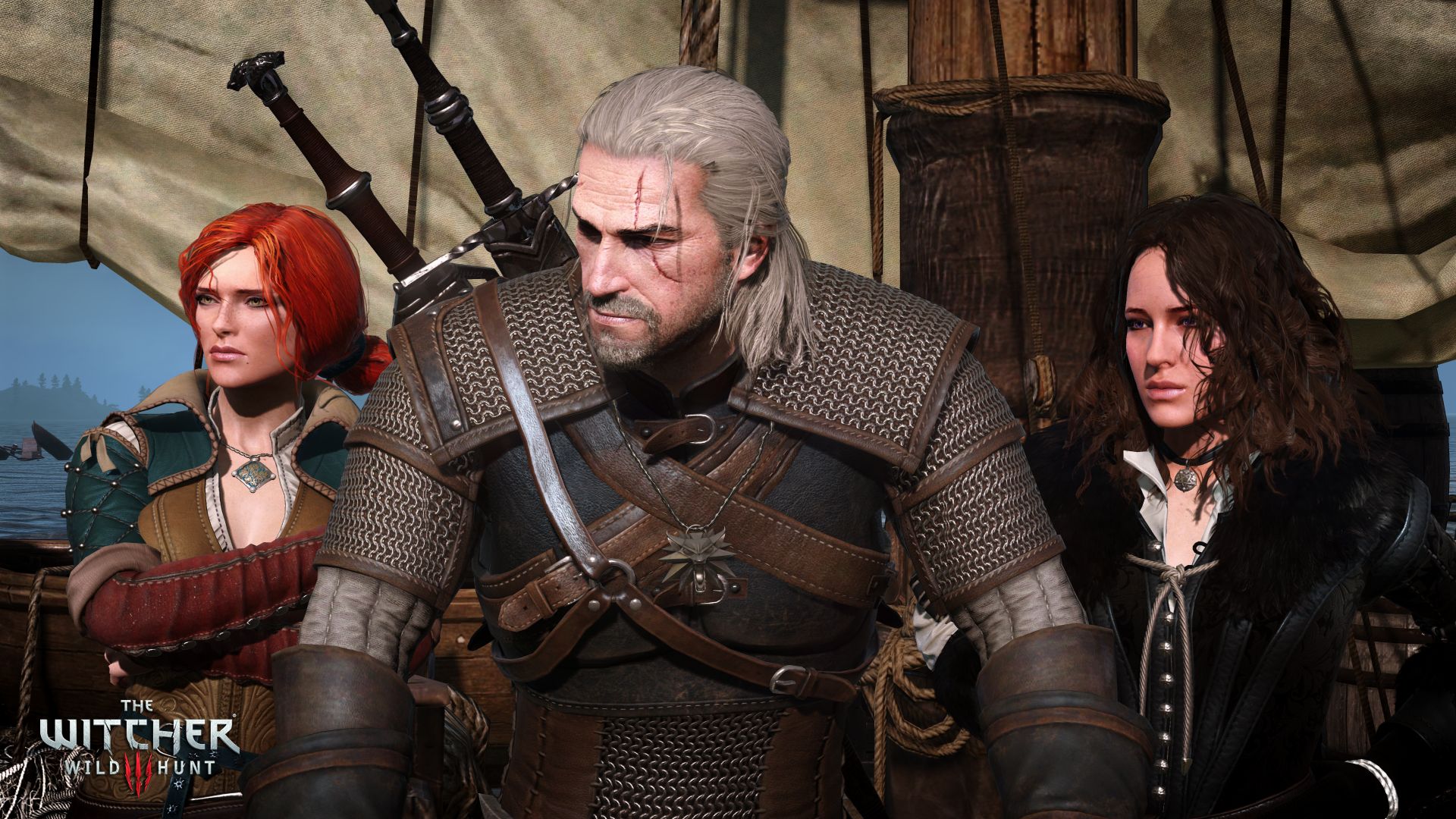
-
The Witcher 3 #2
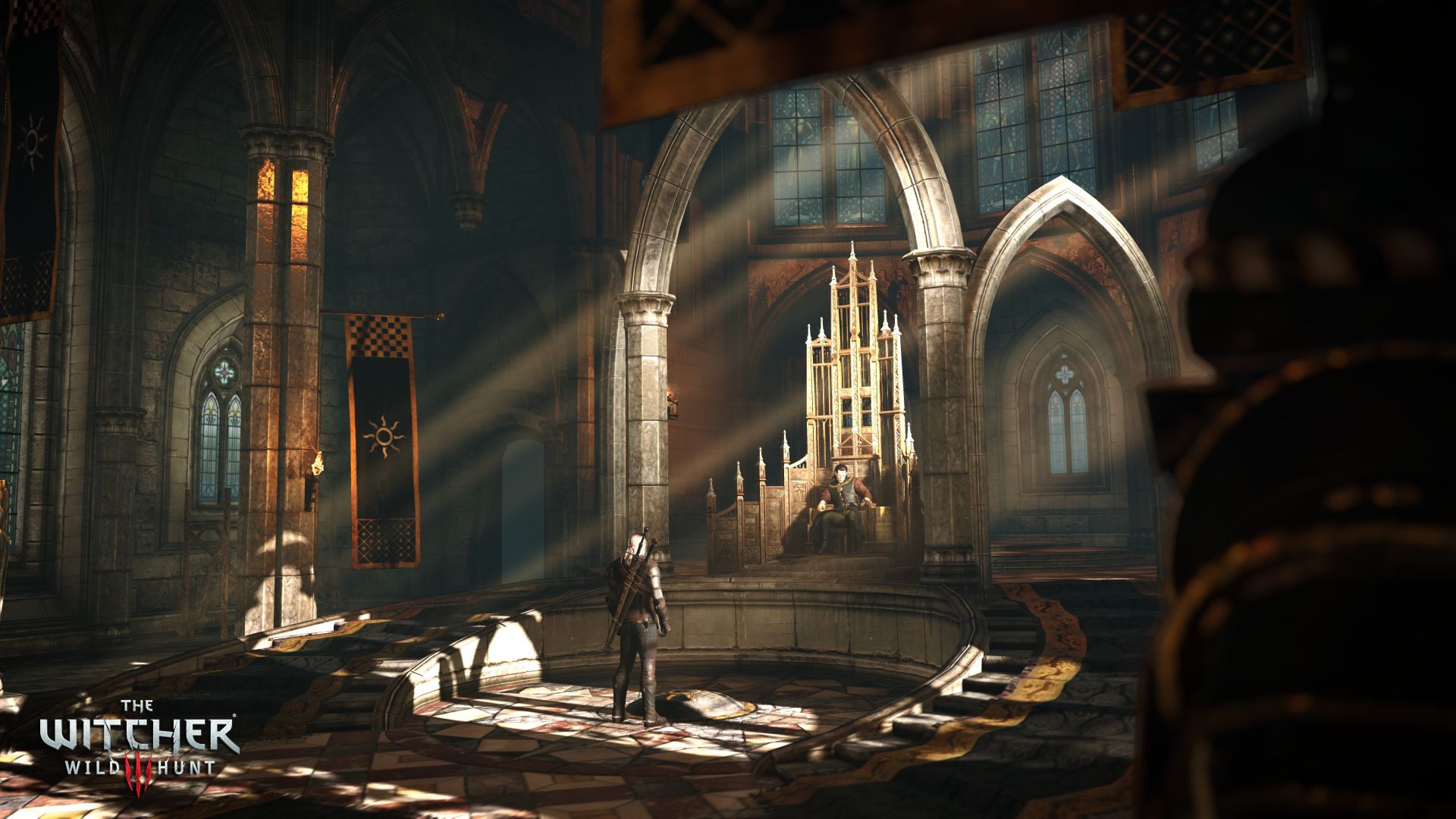
-
The Witcher 3 #3
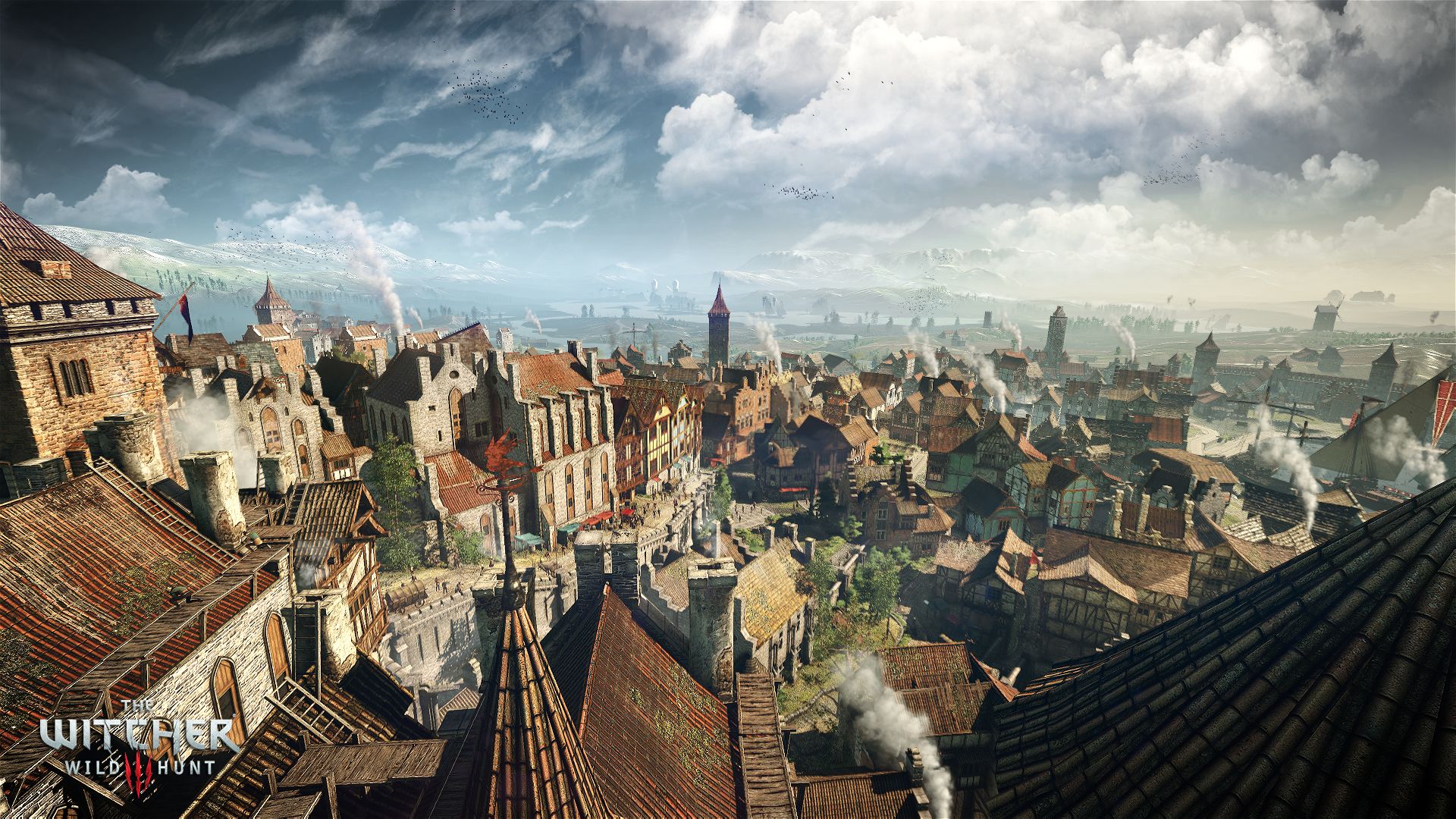
-
The Witcher 3 #4
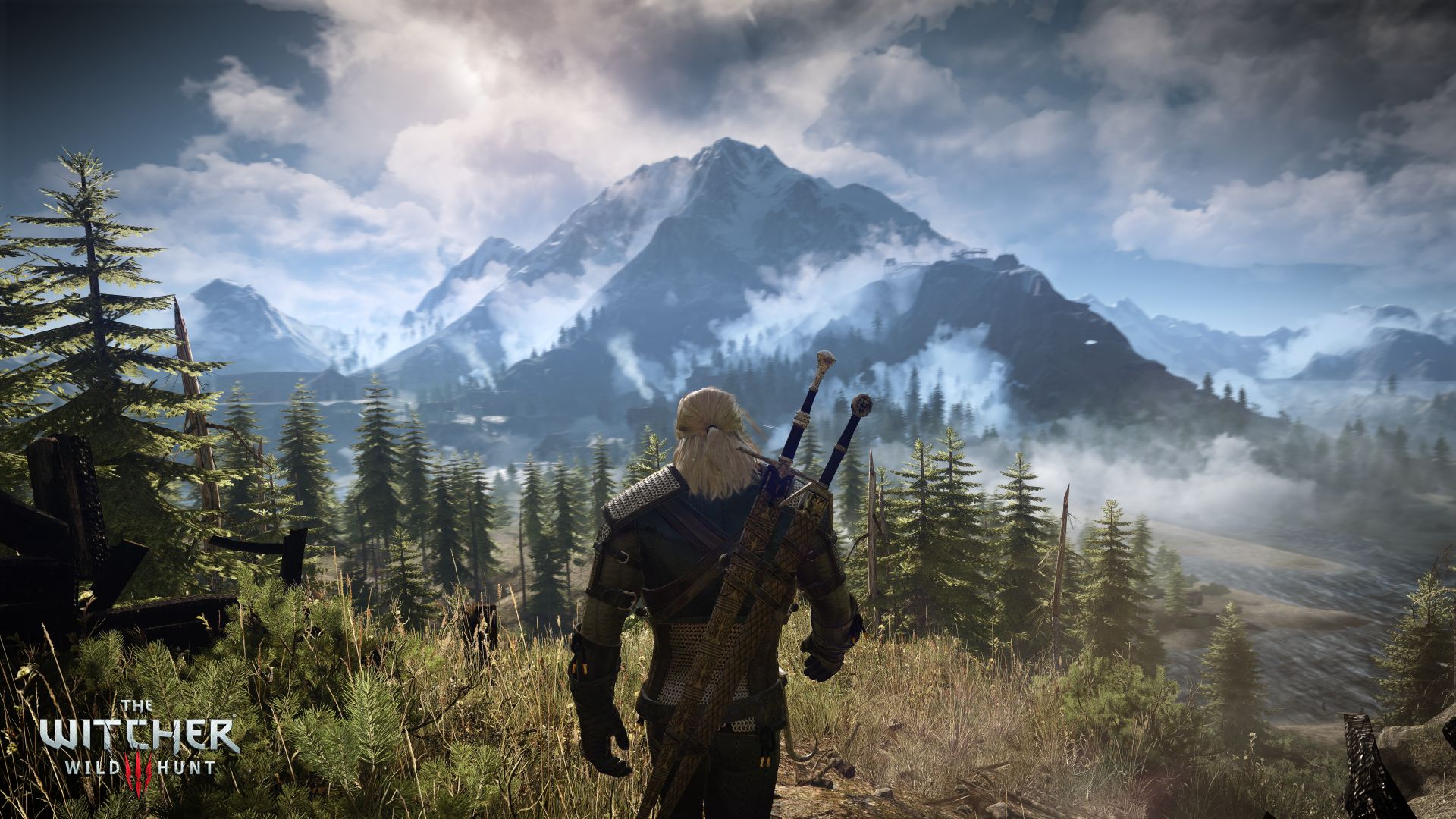
-
The Witcher 3 #5
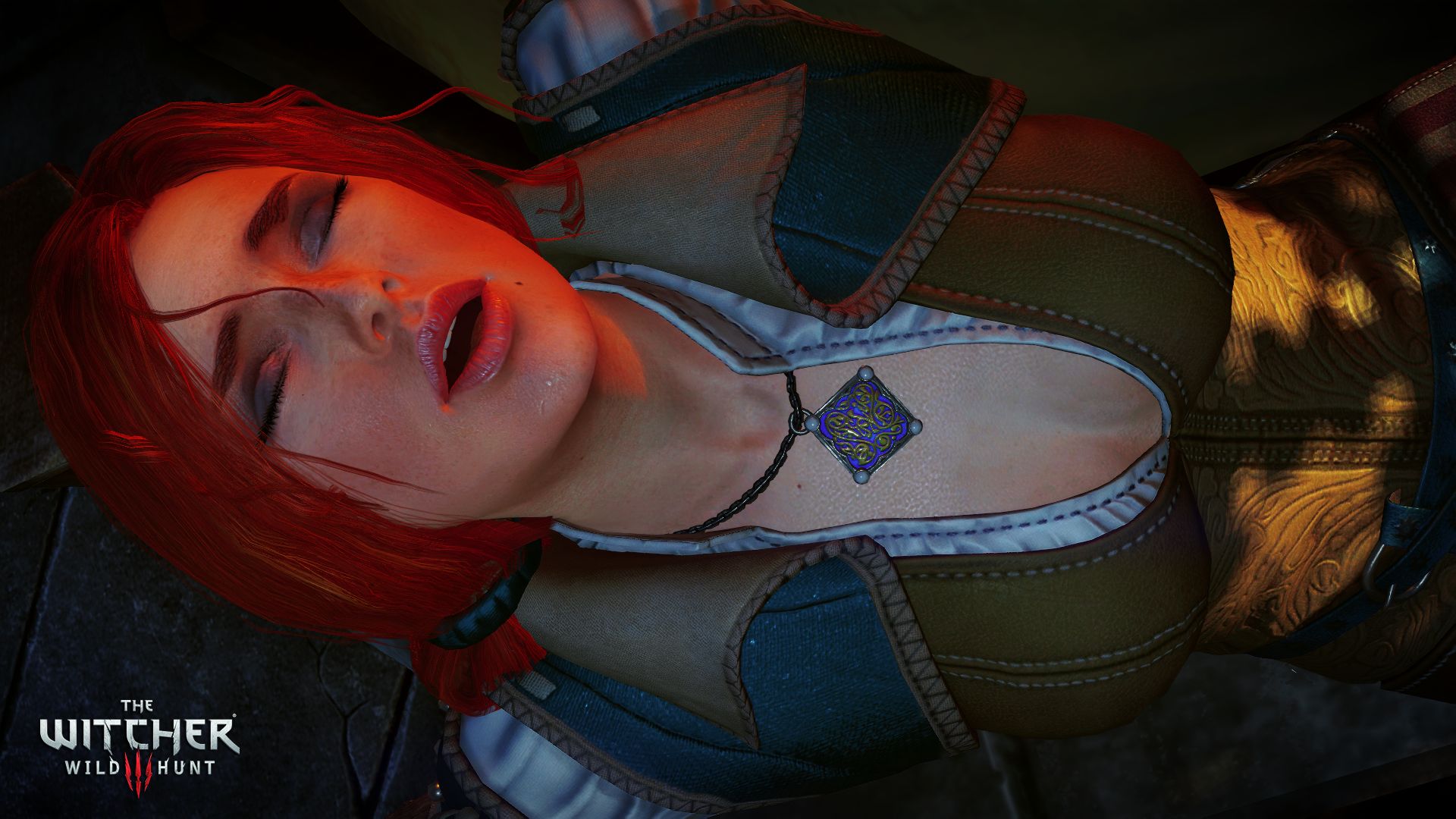
-
The Witcher 3 #6
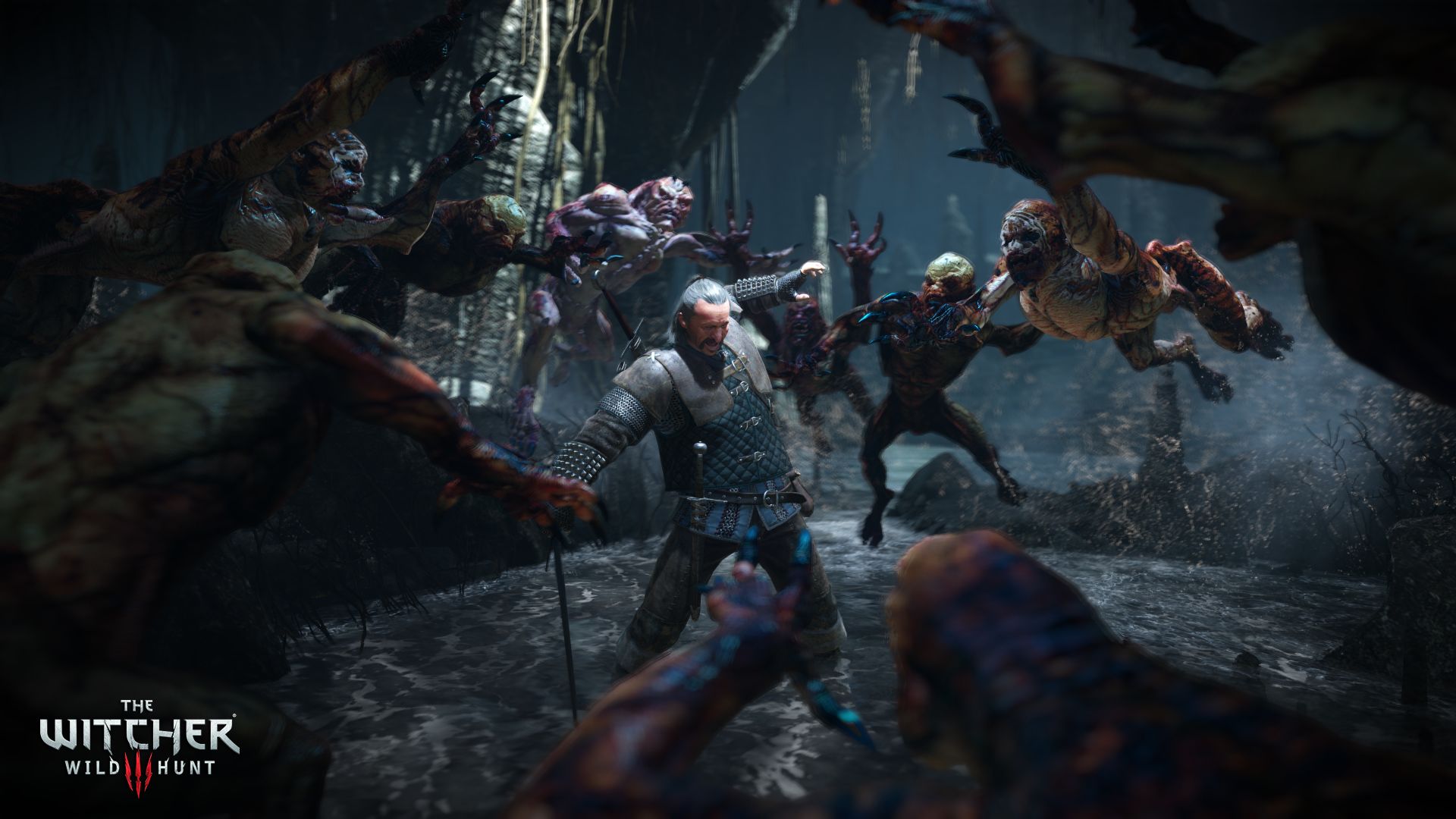
-
The Witcher 3 #7

-
The Witcher 3 #8
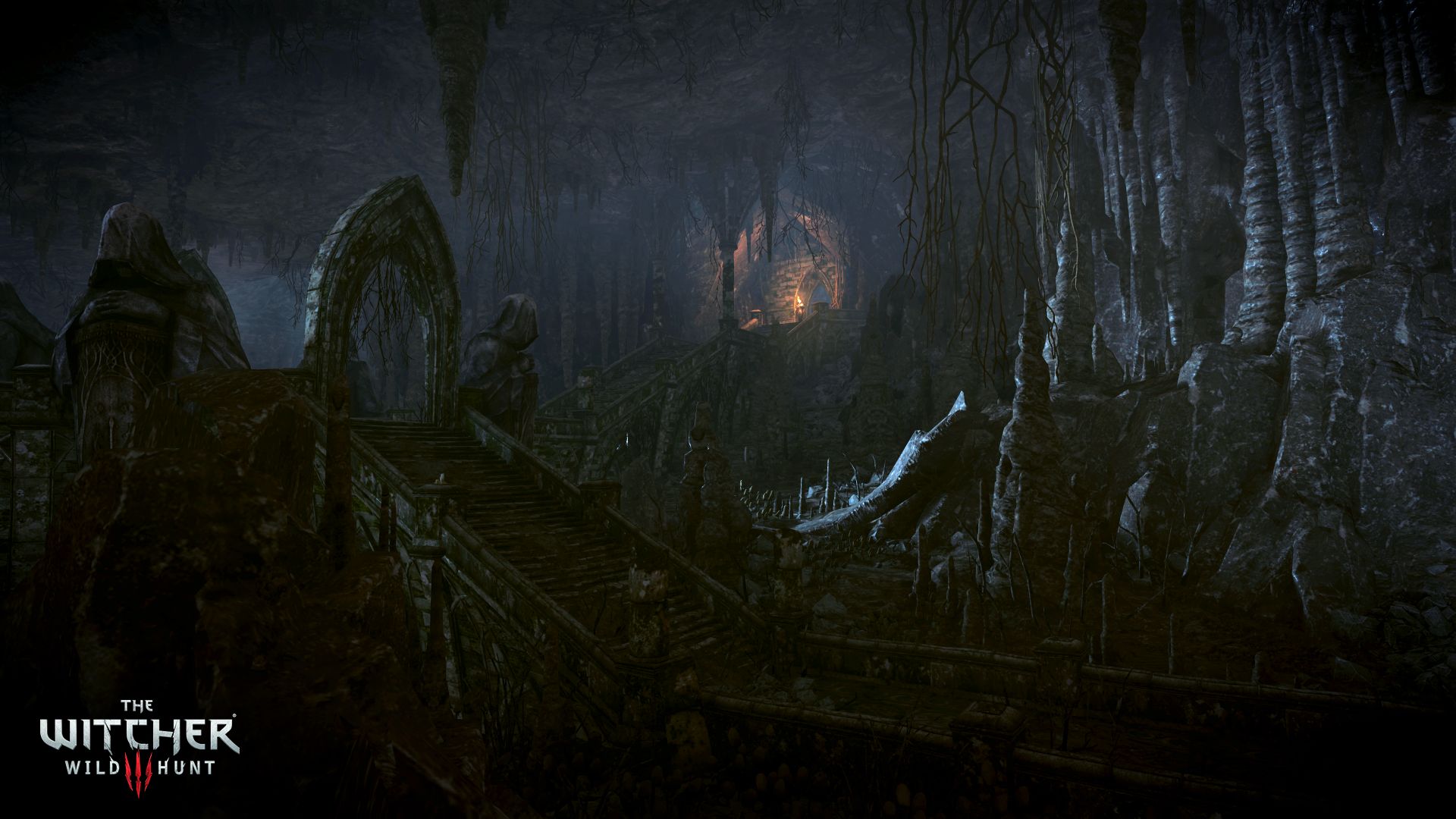
-
The Witcher 3 #9
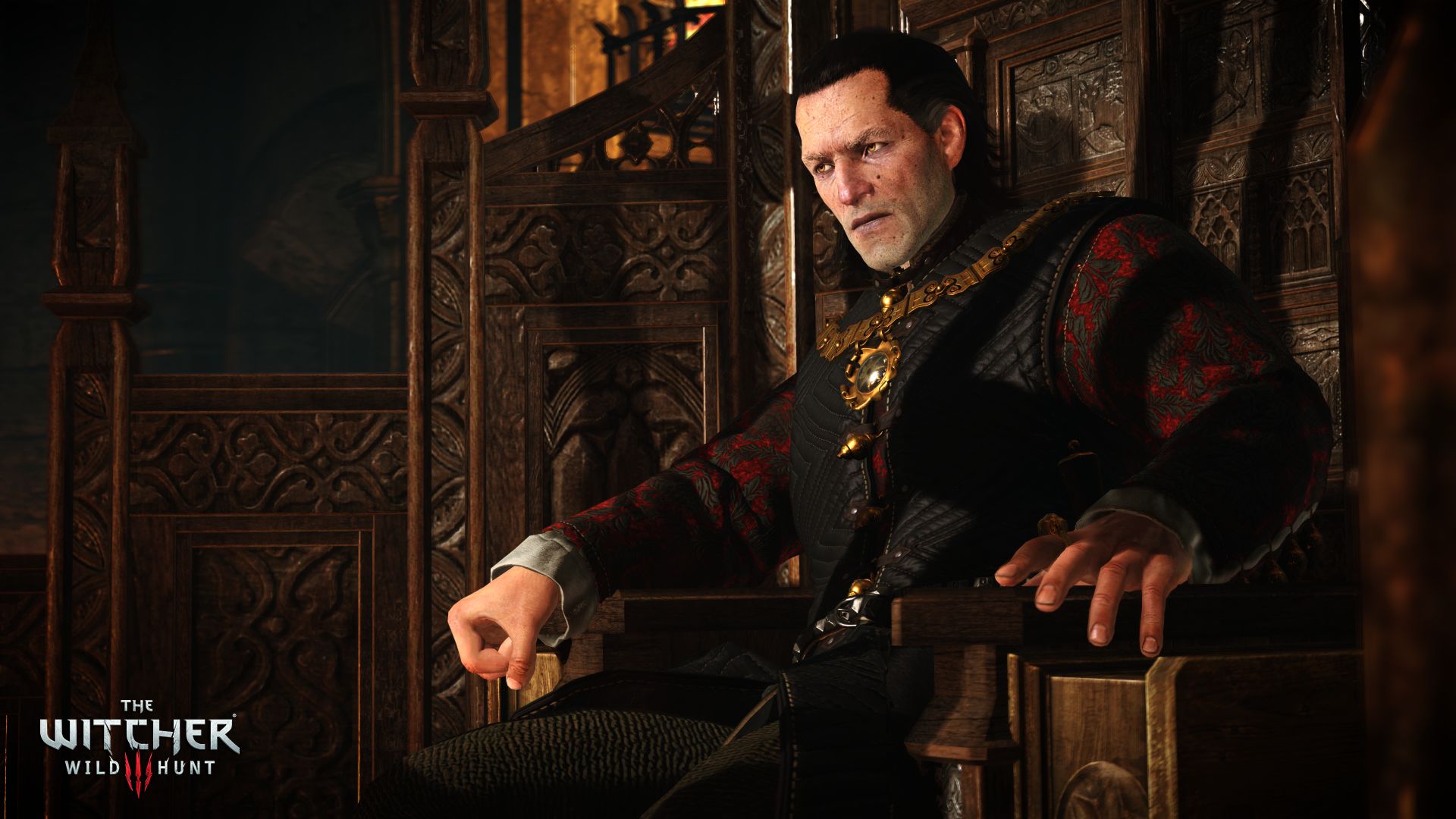
-
The Witcher 3 #10
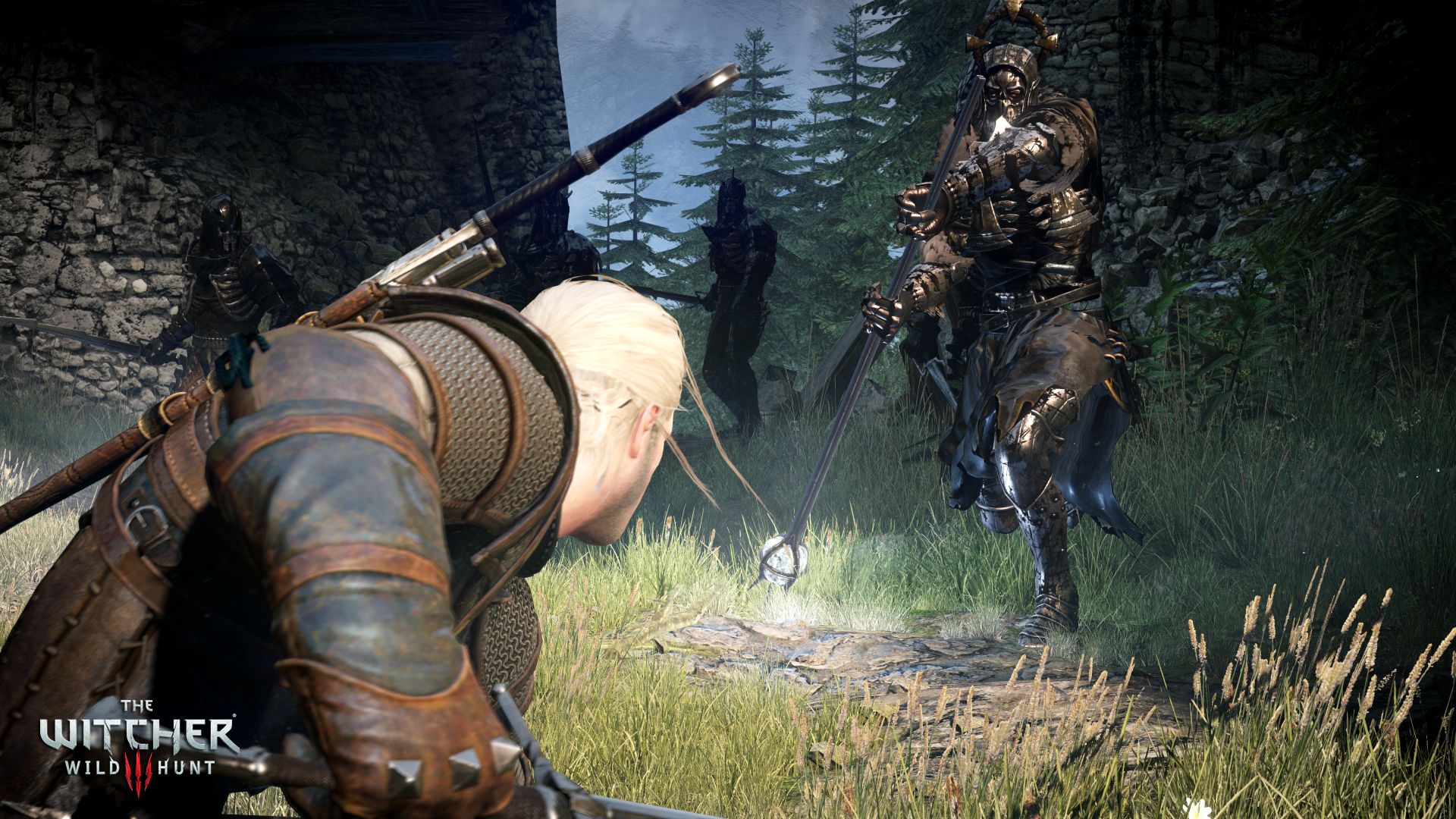
-
The Witcher 3 #11
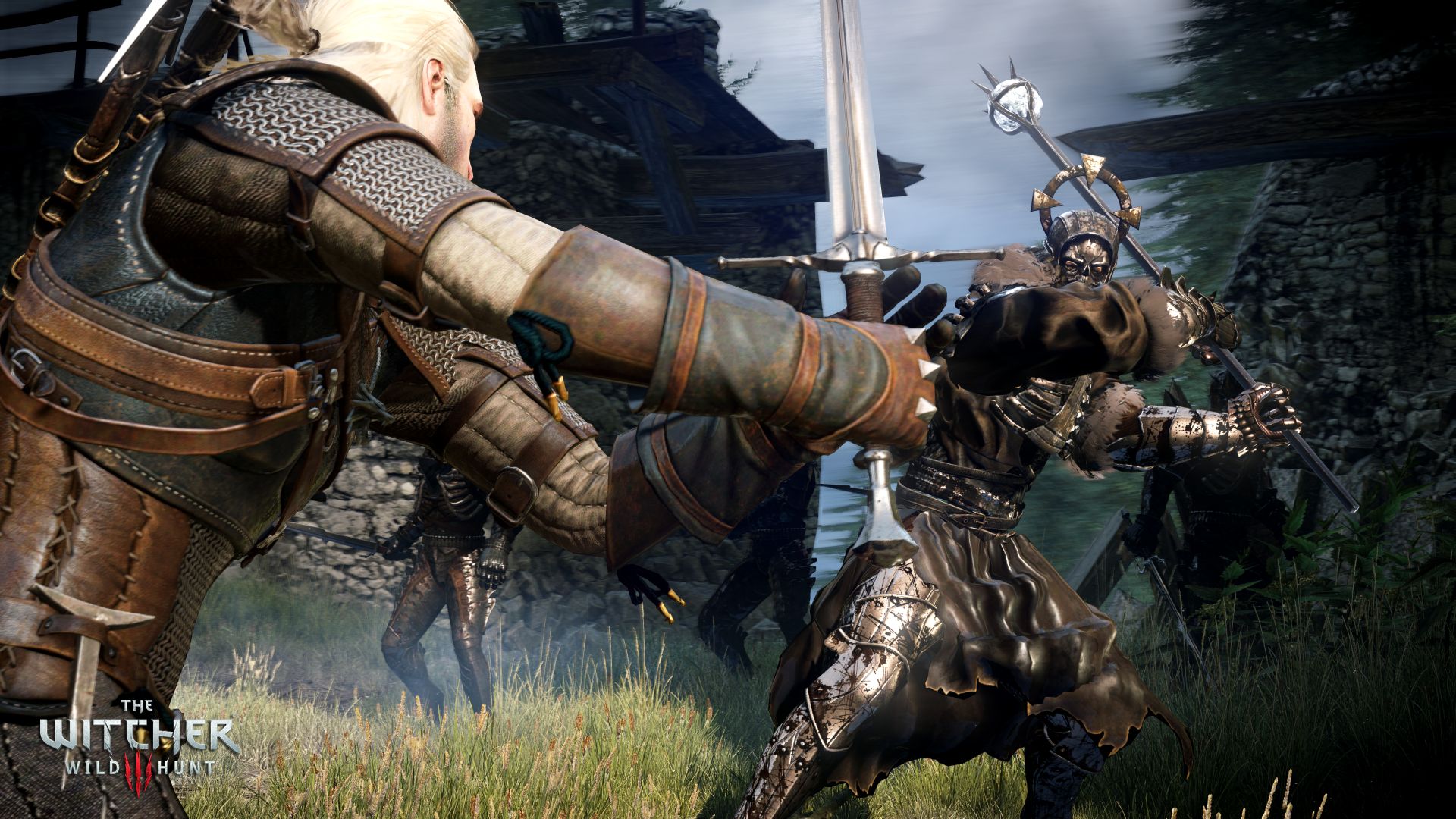
-
The Witcher 3 #12
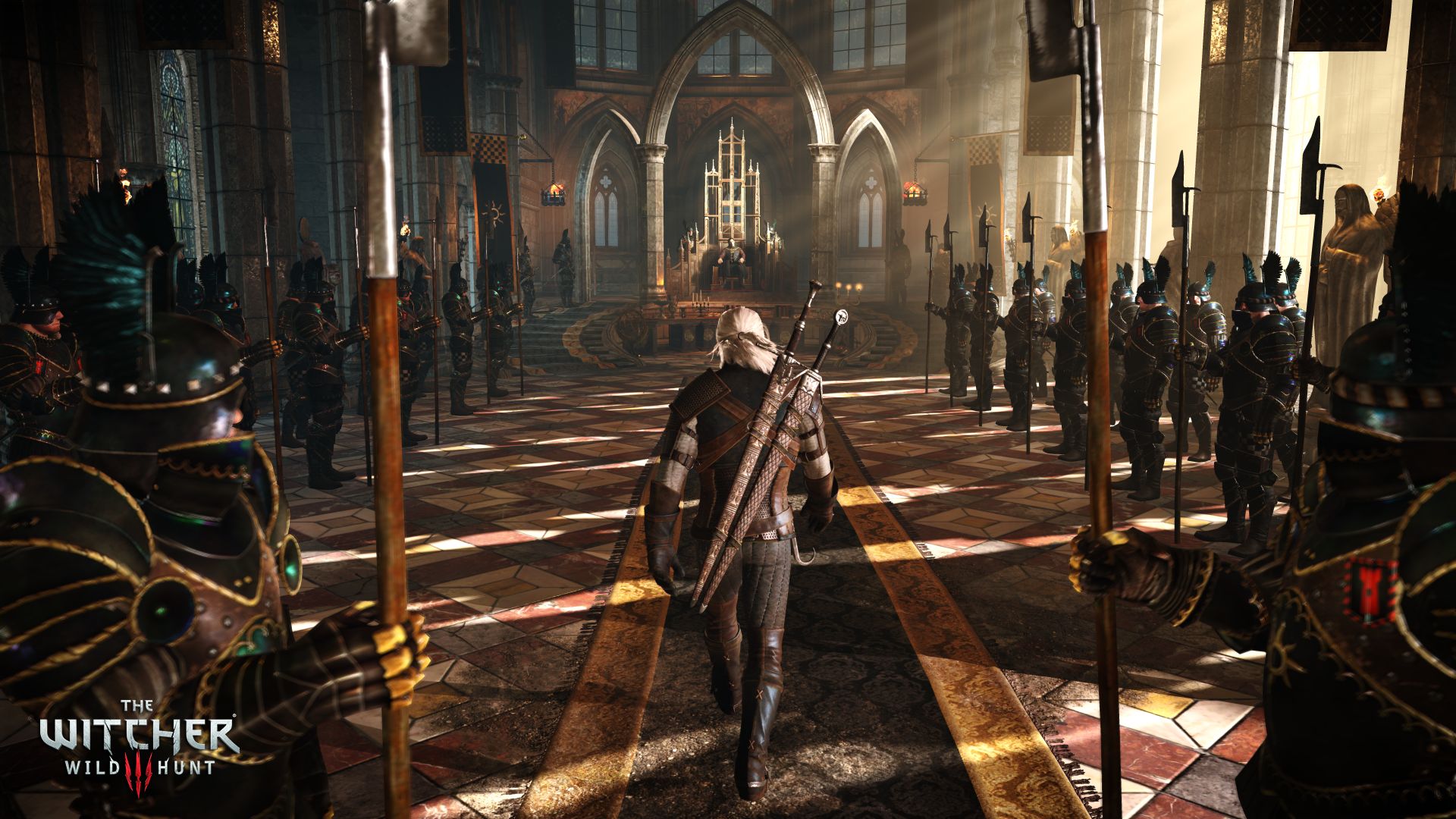
-
The Witcher 3 #13
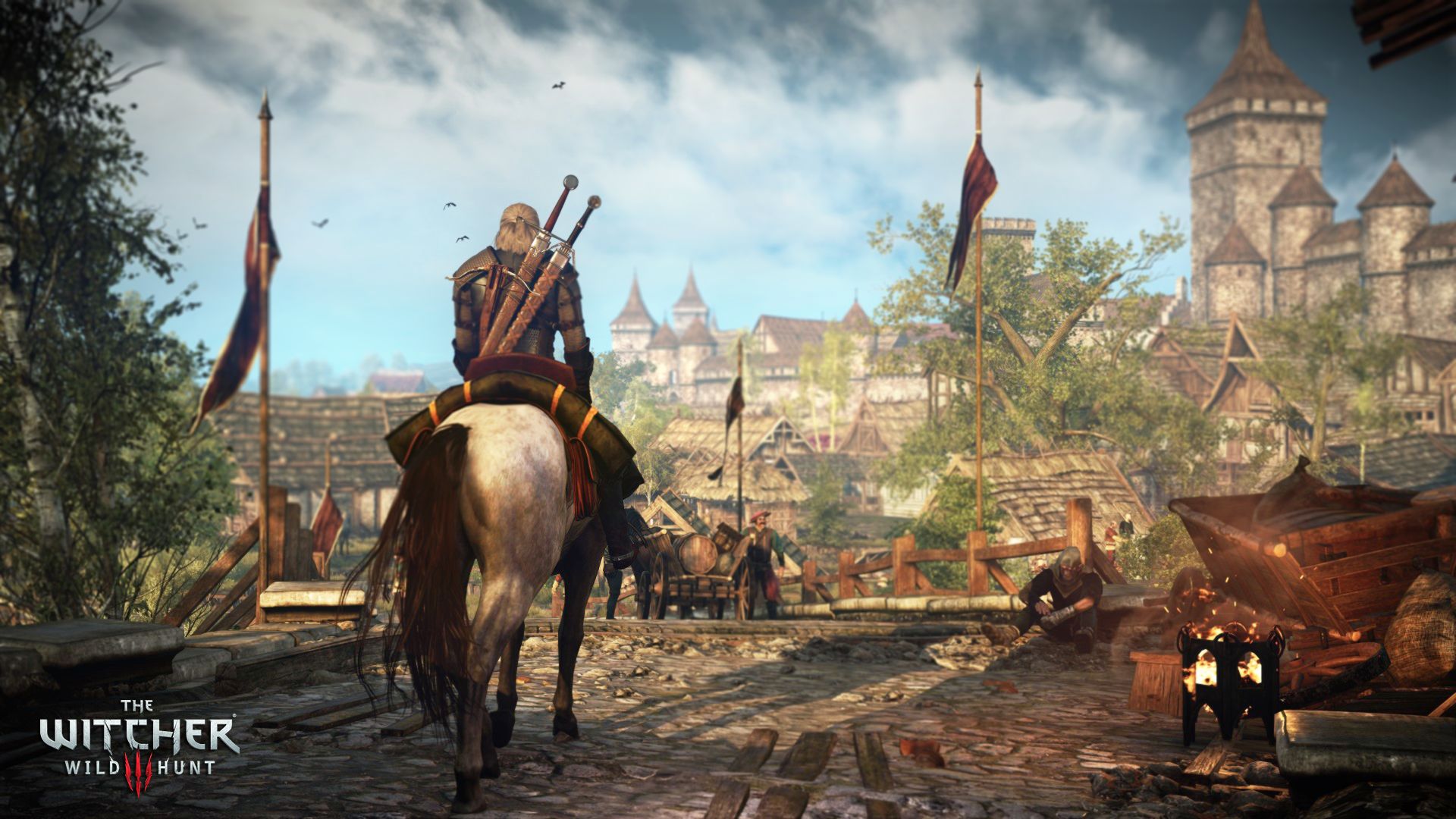
-
The Witcher 3 #14
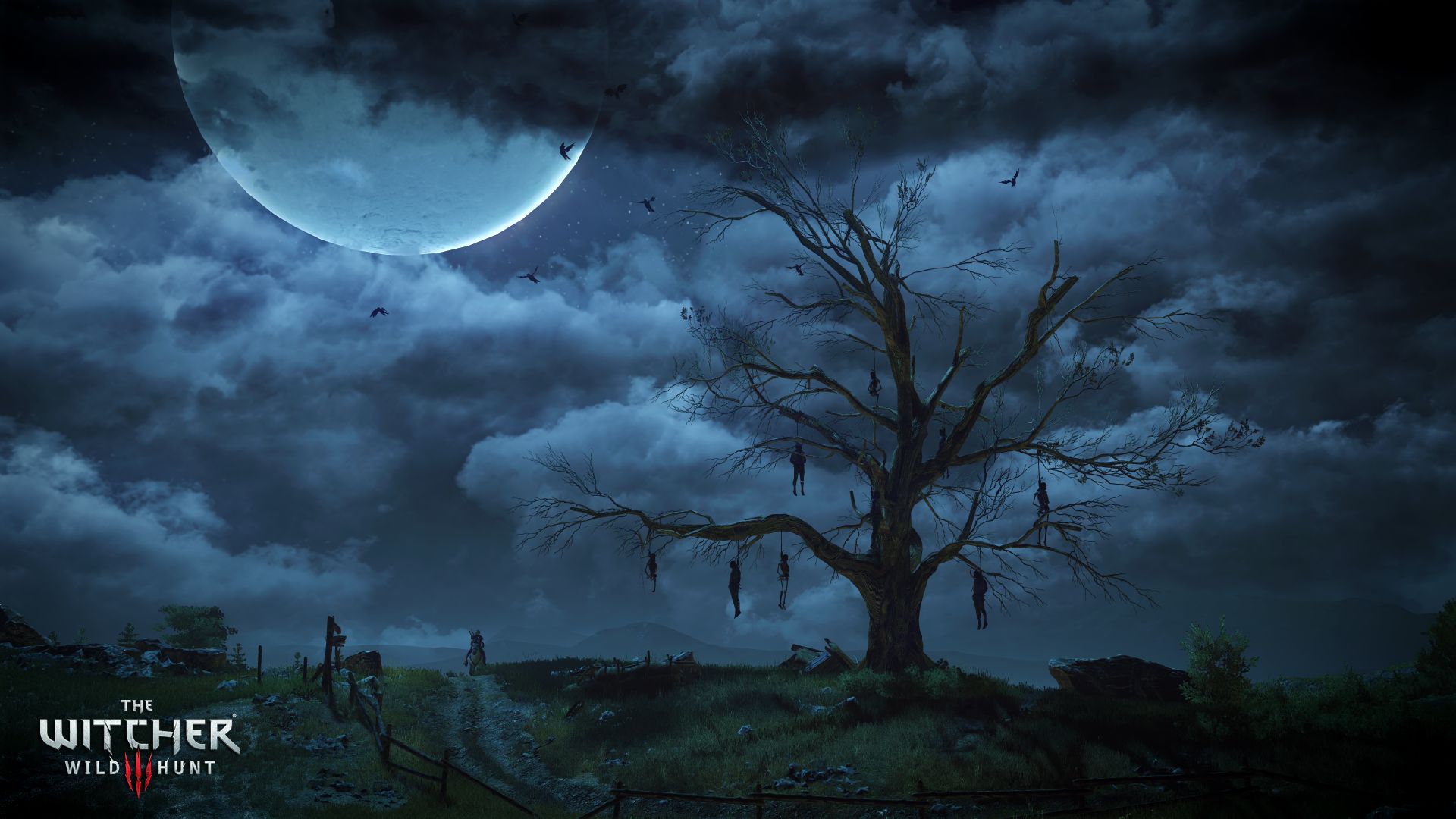
-
The Witcher 3 #15

-
The Witcher 3 #16
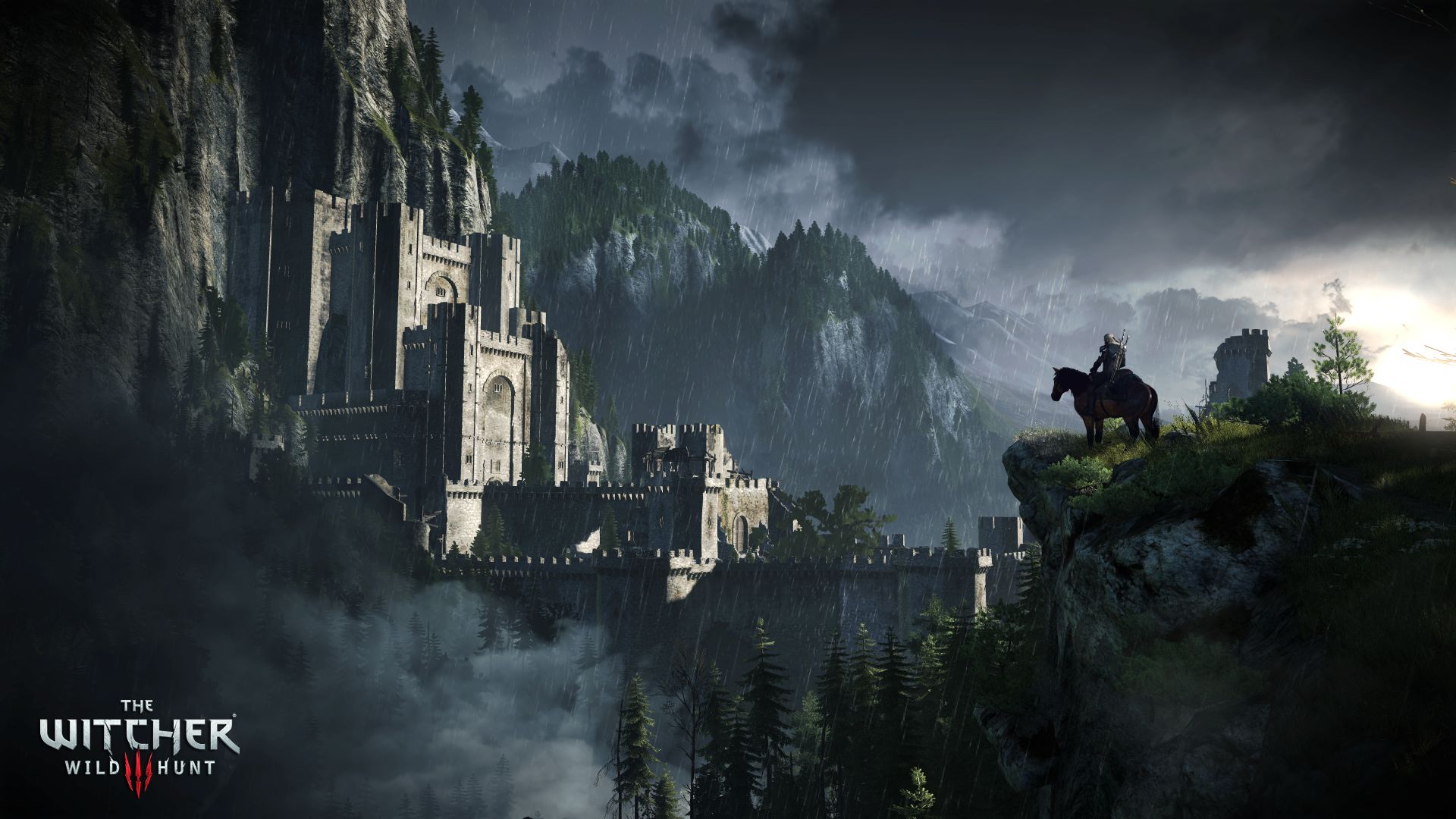
-
The Witcher 3 #17
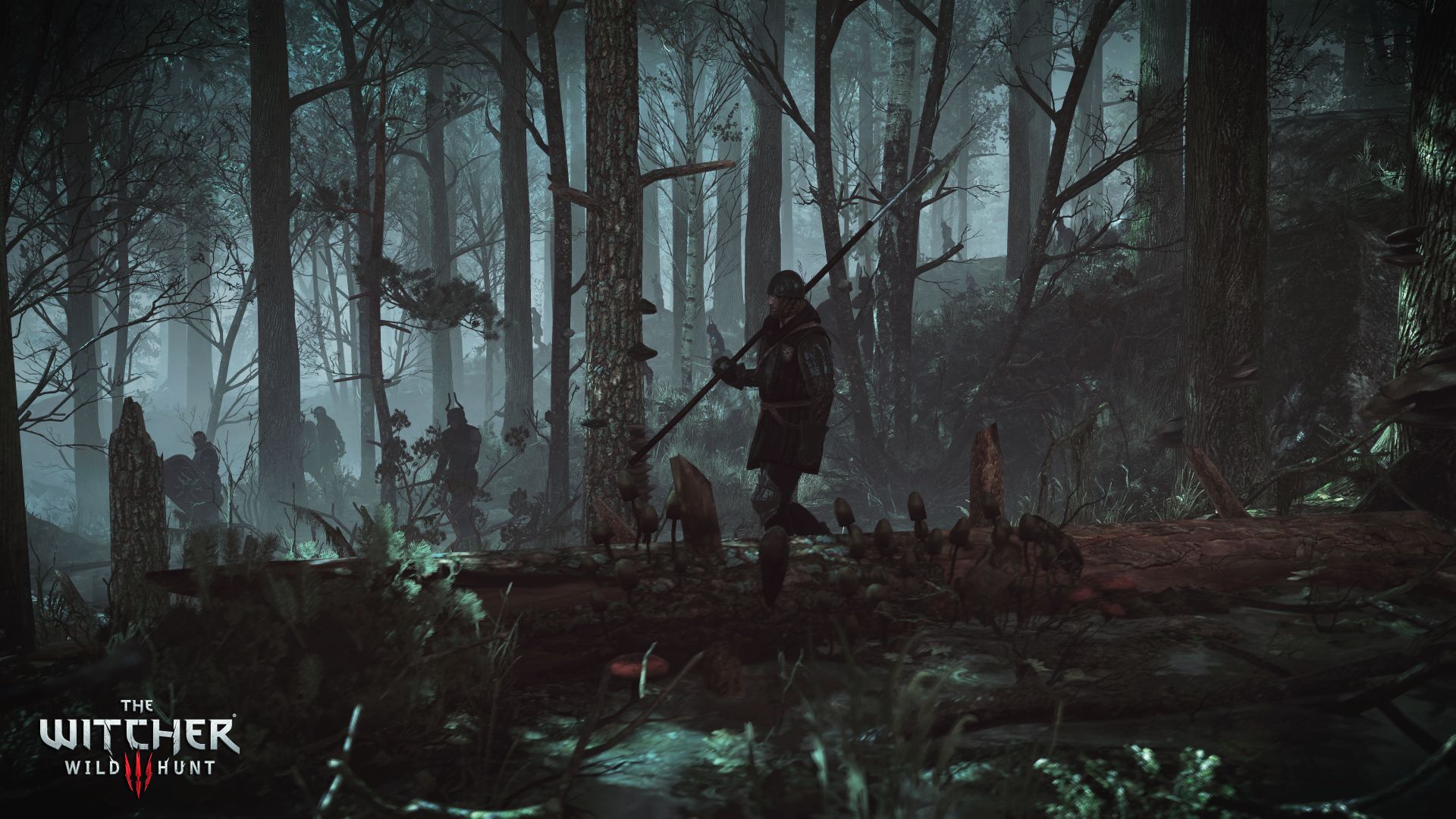
-
The Witcher 3 #18
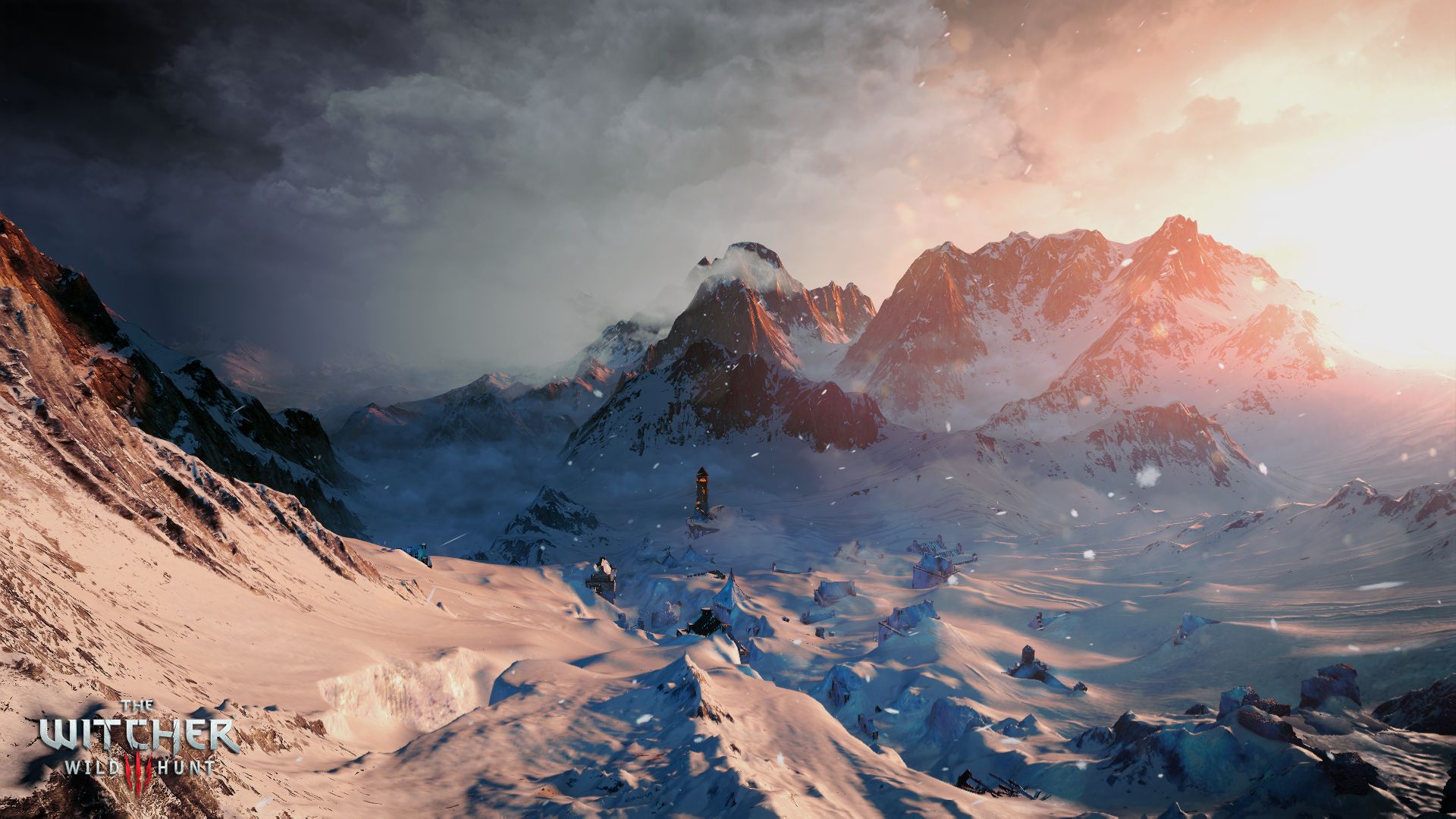
-
The Witcher 3 #19
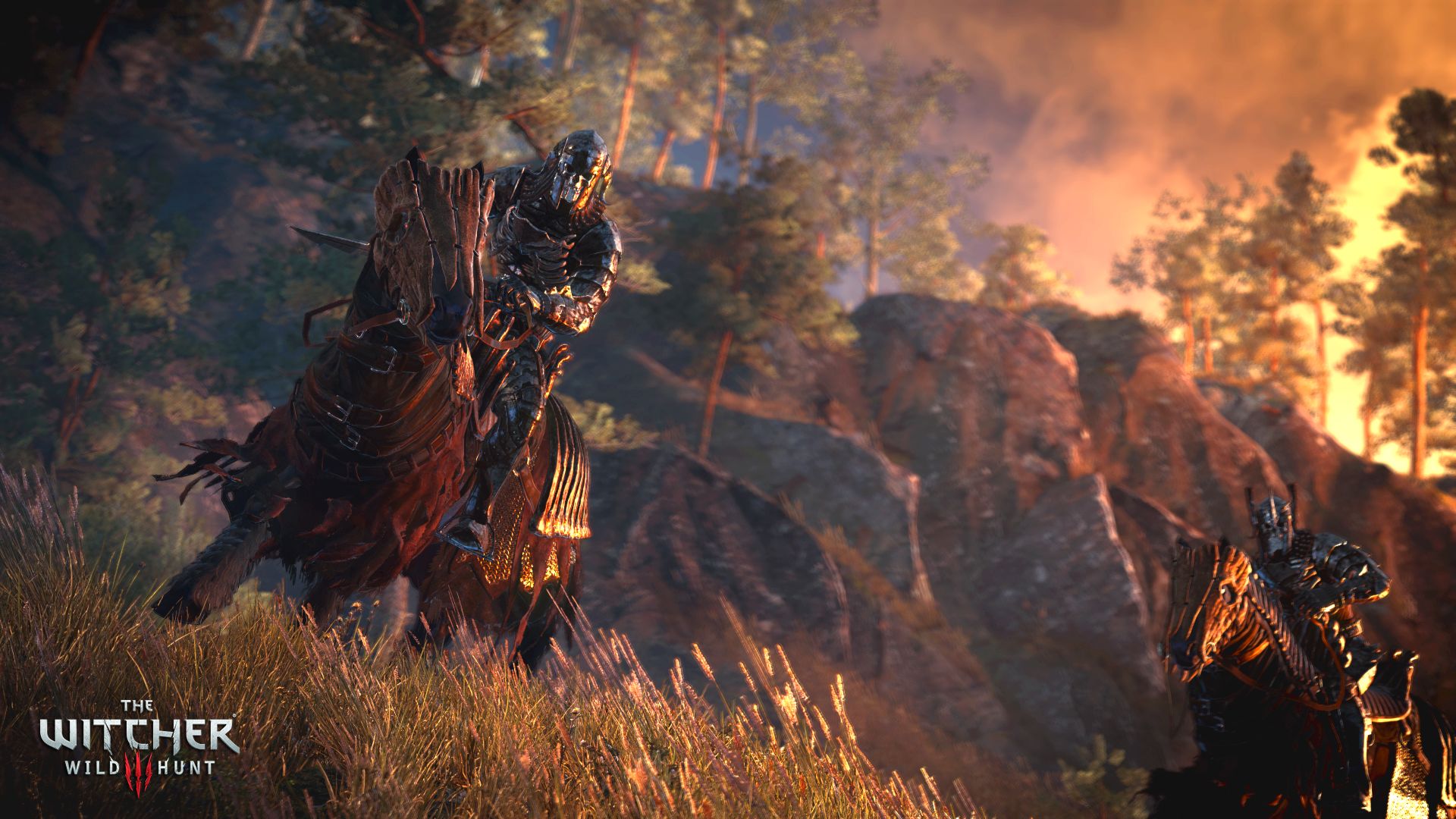
-
The Witcher 3 #20
